KestrelMet 6000 AG NEWA-Compatible Weather Station
The KestrelMet 6000 AG Weather Station makes vineyard and orchard weather monitoring simpler and more affordable. Pre-configured for full compatibility with NEWA’s agricultural production tools, the KestrelMet AG comes equipped with all the standard meteorological sensors along with leaf wetness and solar irradiance monitoring. With hardware and subscriptions that cost less than half of what other leading companies charge, the KestrelMet 6000 delivers the lowest total cost of ownership for a rugged cellular weather station.
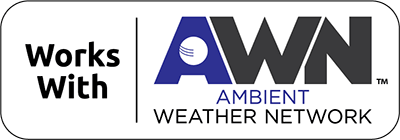

The KestrelMet 6000 AG can be customized by adding sensors for monitoring soil moisture, soil temperature, leaf wetness, and solar irradiance.
The soil sensor array measures soil moisture and temperature conditions at three depths, providing reliable profile data that corresponds to the entire root zone, allowing the grower to optimize irrigation strategies.
Leaf wetness and solar irradiance sensors provide precise crop and environmental information to ensure the most effective integrated pest management program.
INCREASE EFFICIENCY & PRODUCE MORE WITH LESS
We believe in simple, comprehensive weather stations that are affordable, easy to deploy, and require minimal decision-making. The KestrelMet 6000 AG is the most cost-effective and easy-to-use professional-grade weather station available, so you can produce more with less.
The KestrelMet 6000 is a full solution from the start with built-in cellular modem and optional sensors available to meet the needs of growers and smart farming initiatives. Equipped with an integrated cellular modem, high-power photovoltaic panel, backup battery, and intelligent power management— the KestrelMet 6000 eliminates the need for external power source, electrical grid and Wi-Fi. Gain access to live, continuous data about your fields. You can now optimize production on a field-by-field basis, without having to worry about complex wiring or power source options.
Measurements
- Temperature
- Relative Humidity
- Wind Speed
- Wind Direction
- Dewpoint
- Barometric Pressure
- Rainfall
- Leaf Wetness (optional)
- Solar Irradiance (optional)
- Soil Temperature and Moisture Sensors (optional)
Features
- Full suite of meteorological measurements
- Add-on sensors for leaf wetness, solar irradiance, and soil sensor array - soil moisture and soil temperature (3 different depths)
- All-in-one design for 20-minute setup
- Integrated Cellular modem with cloud connected data plan for under $100/year
- Intelligent Power Management ensures reliable reporting even in short day and cloudy conditions
- High-power photovoltaic panel
- Standard 24-hr aspirated fan
- Highly visible LED status lights
- Telescoping wind sensor mast
ALL-IN-ONE DESIGN WITH PLUG-AND-PLAY SENSORS
The KestrelMet 6000 is an all-in-one cellular station with a one-click ordering experience. Equipped with an integrated cellular modem, high-power photovoltaic panel, battery, and intelligent power management the KestrelMet requires no external power source or Wi-Fi connectivity required. You no longer have to rely on regional meteorological measurements to manage your systems, schedules, or software. With site-specific information based on your crop and conditions, you can improve irrigation efficiency to maximize yields and reduce waste and costs. The KestrelMet 6000 AG measures your onsite farm conditions and provides you with the exact data needed to make the right decision at the right time saving you time, resources, and unnecessary expenses.
Leaf Wetness:
The leaf wetness sensor determines the amount of time a leaf's surface is wet and dry. Perfect for vineyards and orchards, this sensor is key in managing irrigation and protecting plants from fungal diseases early on.
Solar Irradiance:
The solar irradiance sensor helps optimize plant growth and crop placement strategy.
Soil Moisture and Temperature Sensor:
Choose to add on a soil moisture and temperature sensor and access hyper-local soil measurements at three separate depths.
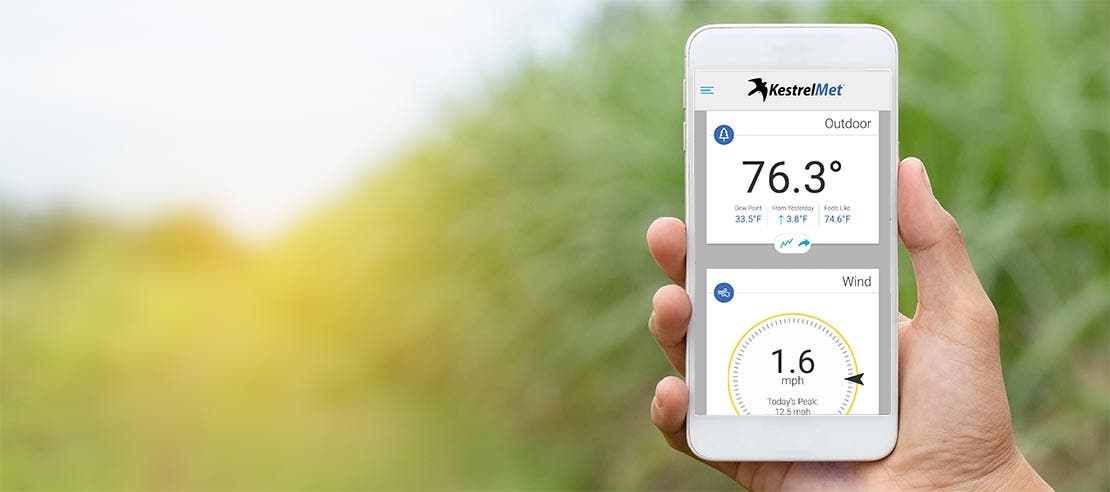
API INTEGRATION
The KestrelMet 6000 is an all-in-one, self-powered cellular weather station that integrates easily into data-driven technology using a cloud-based API.
Our API offers integration, personalization, and automation advantages.
- Share and embed our API weather data into your own platform for a personalized solution that fully leverages your existing technology investments.
- Save time and money with seamless integration and information delivery from our API to your platform via the cloud.
- API data feeds from our high-performance weather station into selected programs so you can visualize field-level and crop-specific insights at a glance for the most informed, real-time decision-making.
SIMPLE SETUP AND UPGRADES
We believe that ordering your station should be just as easy as maintaining and installing. The simple design and wireless technology allow for quick deployment and over-the-air upgrades. The KestrelMet is field-upgradeable over the cellular network ensuring zero downtime and the ability to go from box to field in minutes.
Step 1
Register at KestrelMet.net
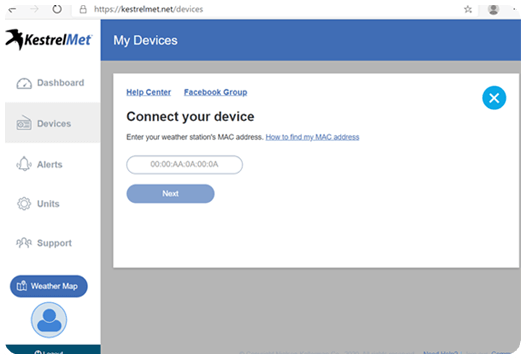
Create an online account and connect your device online.
Step 2
Set Up Your Weather Station
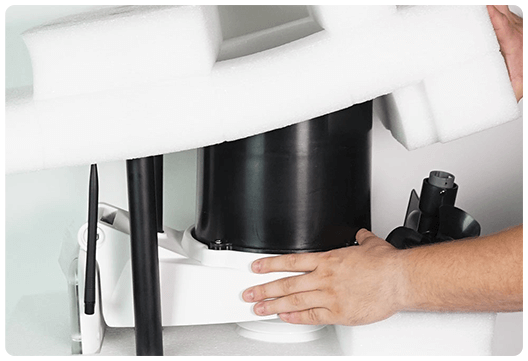
Quickly assemble and easily install your KestrelMet 6000.
Step 3
View and Manage Your KestrelMet Weather Data
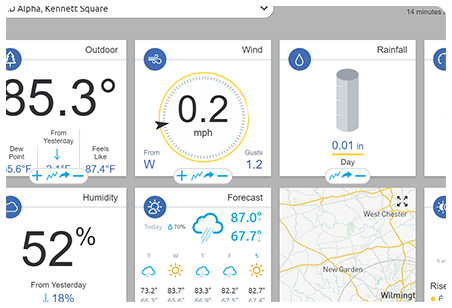
Access your weather data from anywhere on a laptop or mobile.
Low-Cost Cellular Plan
The KestrelMet comes with a cloud-connected data plan from Verizon or AT&T. Add in a long service life with continuous, reliable operation, and the powerfully capable KestrelMet 6000 AG emerges as the clear winner for value and performance when compared to other leading farm weather stations.
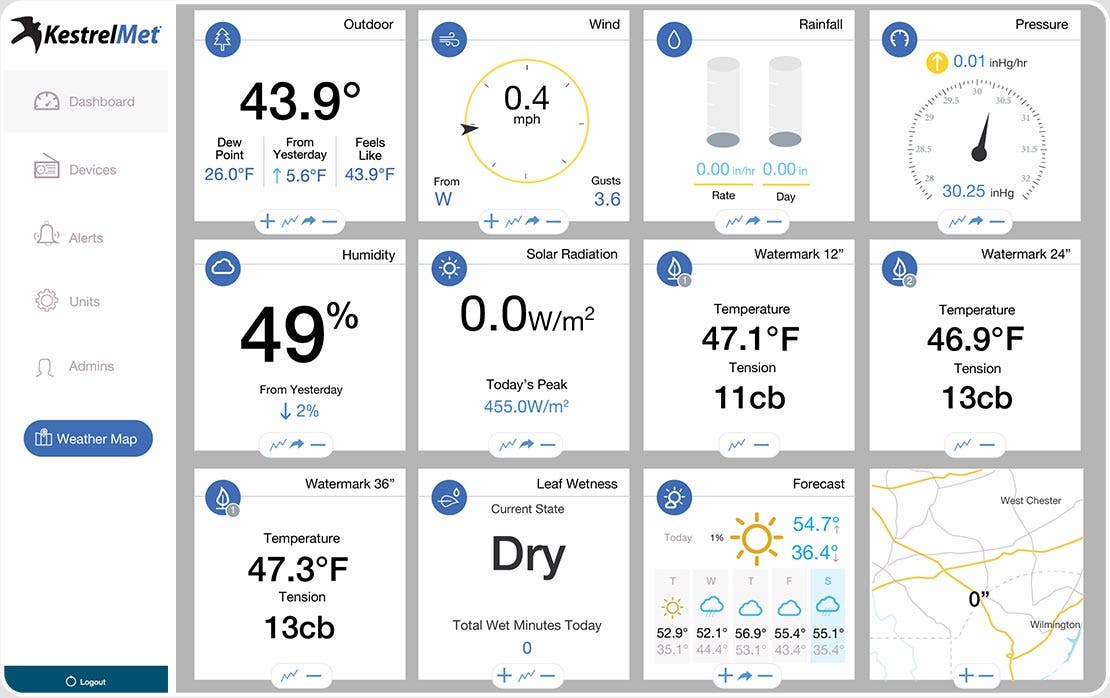








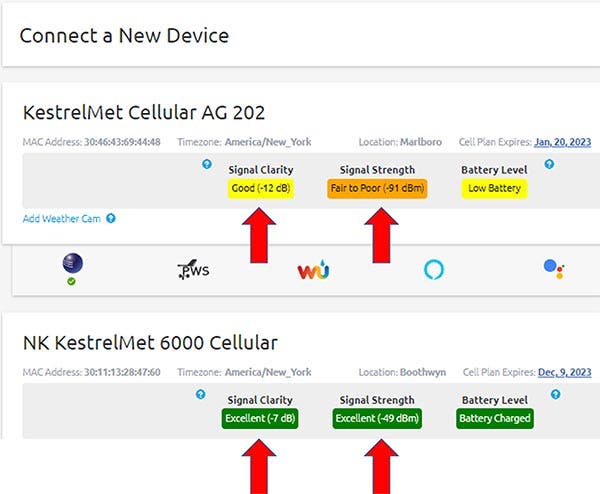 ...
...
